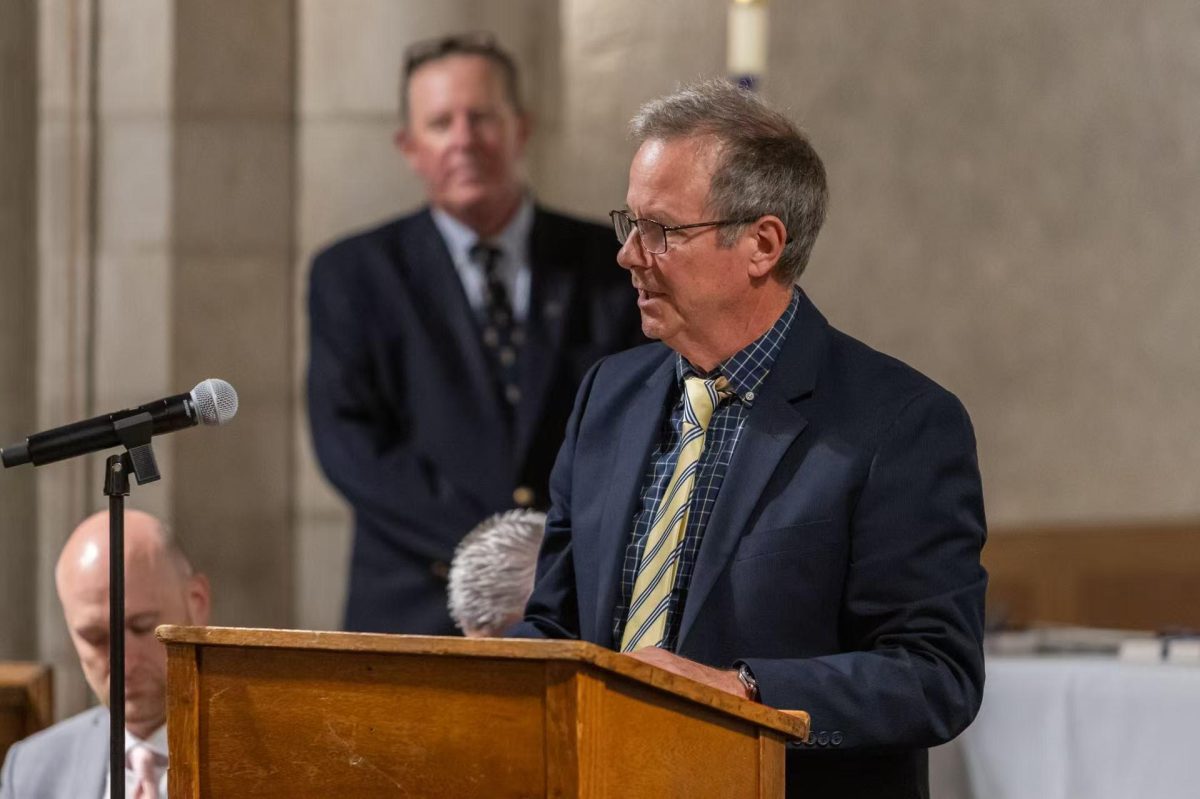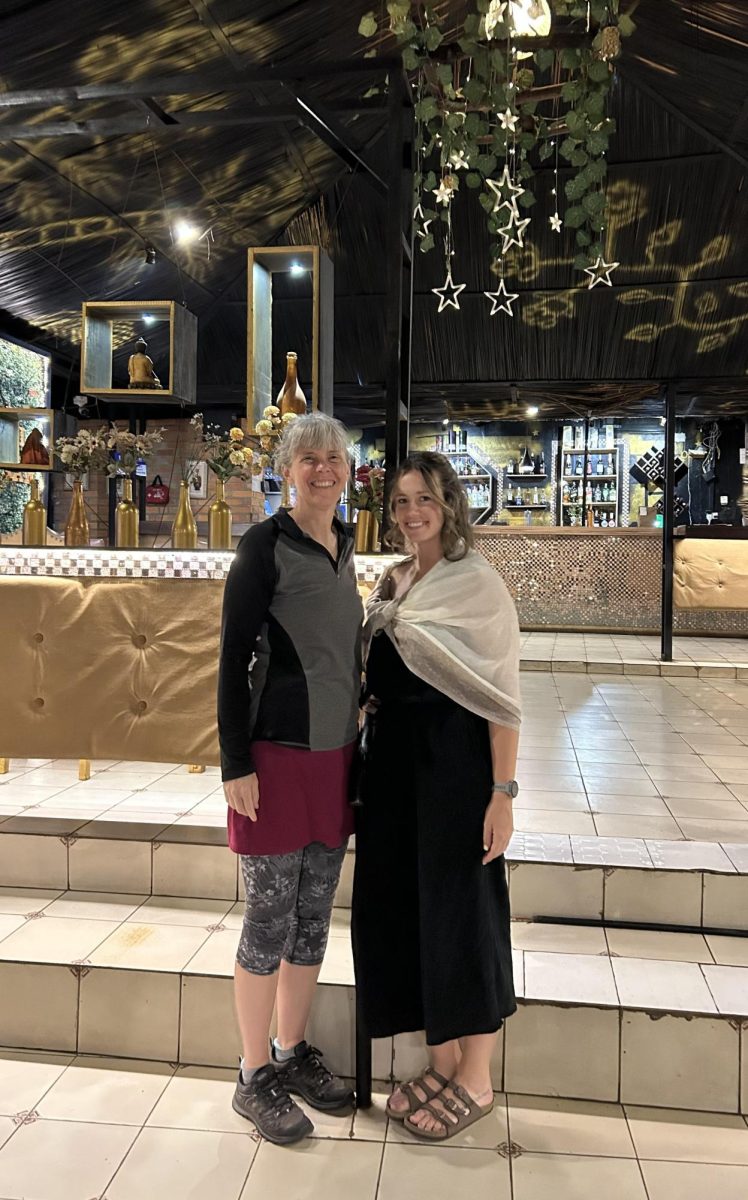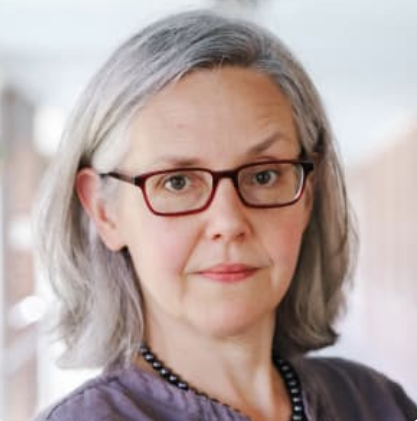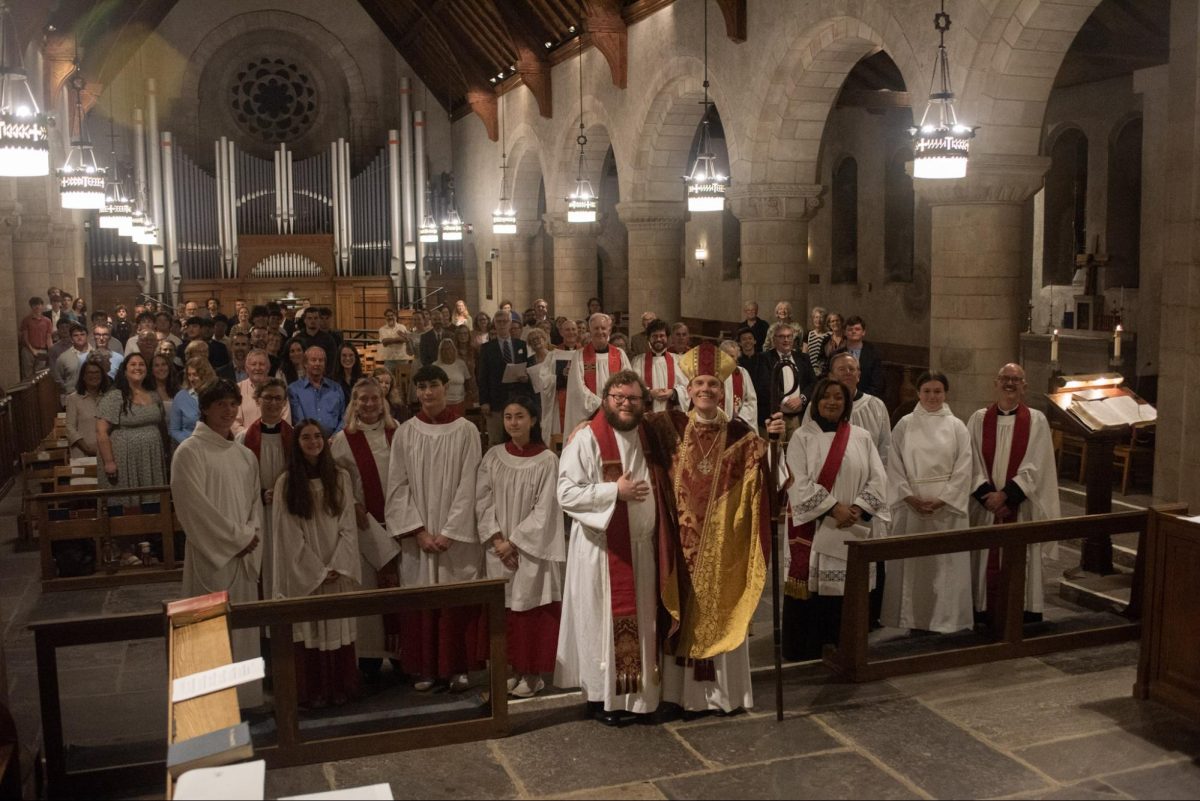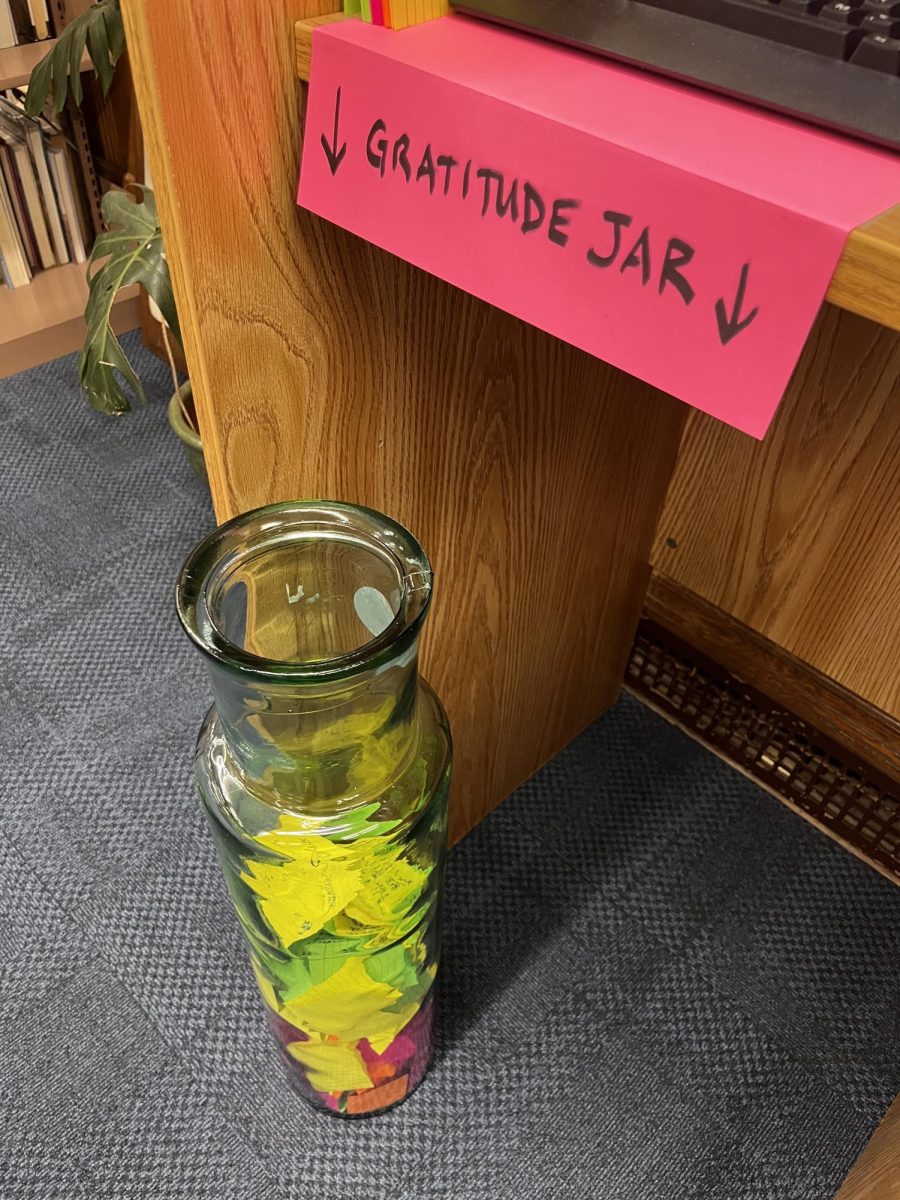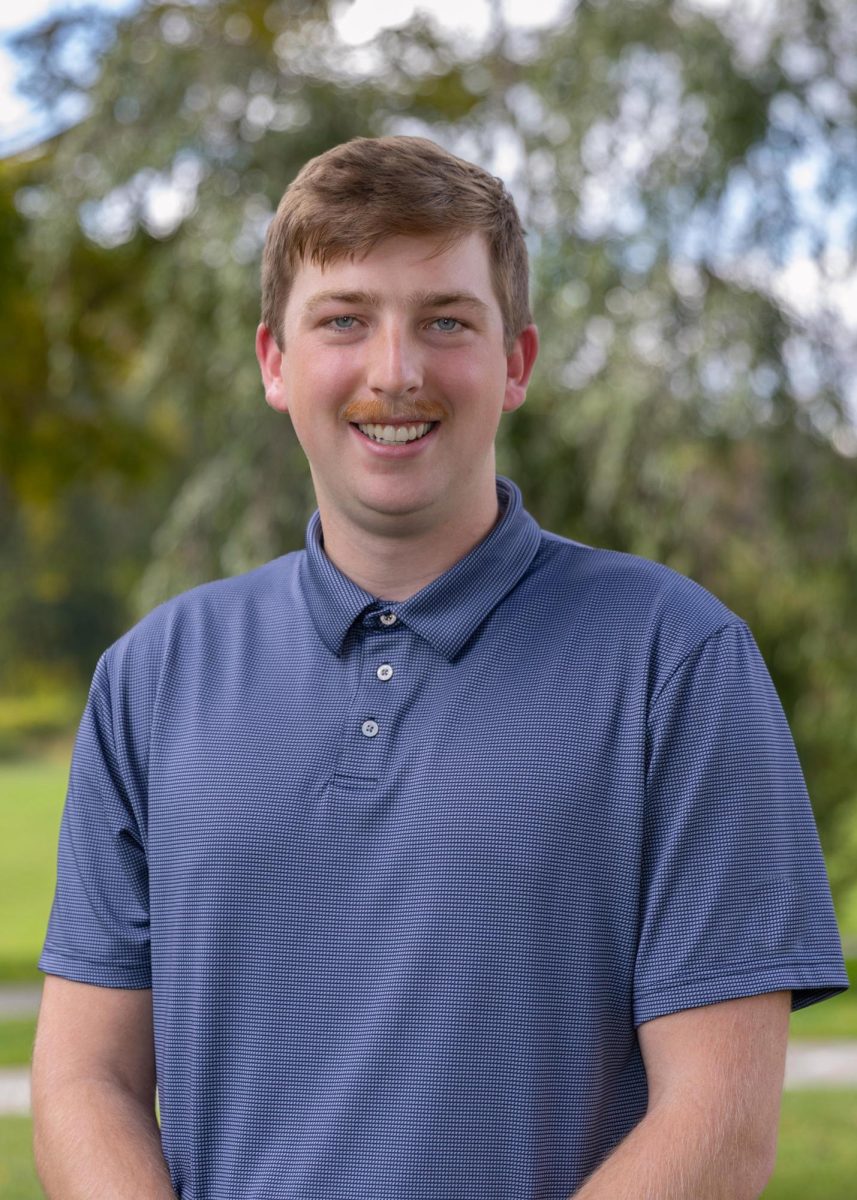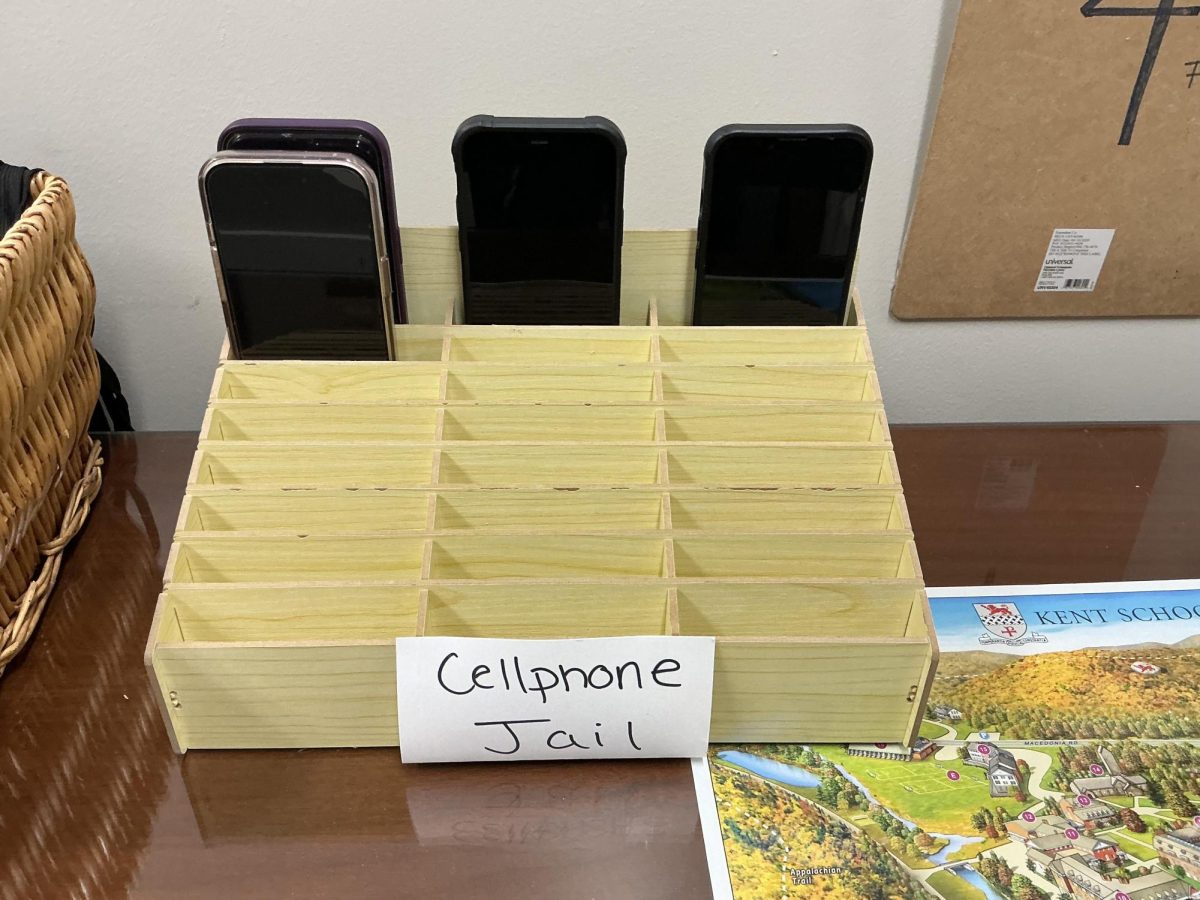Each fall, Kent’s academic community comes together to celebrate student achievements. As Dr. MacNeil, the Academic Dean, explained, “This is a great opening-year event. We hear all the cheerings, reminding us that we are glad to be back here, and we are winners.”
Kent’s awards are delivered in three rounds: the spring ceremony, which focuses on community and athletics; a 6th-form-only Prize Day ceremony before graduation; and a fall ceremony, which recognizes underclassmen who earned awards from the previous year.
Each award is determined through a mix of departmental nominations and committee selection. The core committee includes Ms. Memoli (Director of Studies), Mr. Shafer (Dean of Students), Ms. Brown-Butler (Director of Equity & Inclusion), and Mr. Demarais, who oversees the overall events. A few honors, such as those from alumni bodies, are organized by Mrs. Cumberton.
Every year, the order of the ceremony is fixed: department awards, book awards, Bishop Award, and finally, the multicultural awards. For department awards such as the Physics or the Biology Prizes, the Science Department decides the recipients.
For book awards, candidates’ academic records are reviewed first by the committee, and then comes the personality part. “We go to Mr. Shafer to make sure this student is a good person,” said Dr. MacNeil. The honor is not just about grades, but includes leadership, community service, and extracurricular involvement.
Other awards, such as the Bishop Award, highlight community involvement. Thus, the process for the Bishop award is flipped: first, Mr. Shafer and his staff pick winners, and then these candidates go to the committee to ensure their academics. “Book awards focus on good students; the Bishop Award focuses on good citizenship. Academics are just part of the equation when deciding who’s the best qualified.”
Dr. MacNeil emphasized that the criteria of the selection process are flexible. “The choice is never a matter of calculation. We make sure to balance things out.”
When asked why only upperclassmen attend the fall ceremony, the reason is practical. “If we want the whole school to be present, the only place to assemble is the dining hall, which is not serious enough,” Dr. MacNeil said. “For younger students, they usually find the ceremony not inspiring but boring. It’s too distant for them.” Open only to the upper formers, the fall award ceremony becomes a rallying point. Everybody knows each other, and they cheer for each other. “There’s wonderful energy and positivity. Everybody is supportive and engaged.”
The highlight of the ceremony is the speaker at the beginning of the ceremony, chosen based on their role in the community or how long they have been here, a mix of faculty and student-facing staff. “I am glad that students have an opportunity to hear from adults; they all say something aspirational for the students.” The most important part of the event is how many teachers are involved. “There were many teachers at the altar that night because we tried to make sure the students were celebrated by adults who know them best.”
Dr. MacNeil wants to congratulate all students in the 5th and 6th forms: “This is not only about a certain group of kids getting recognized, but we are celebrating the whole community.”


